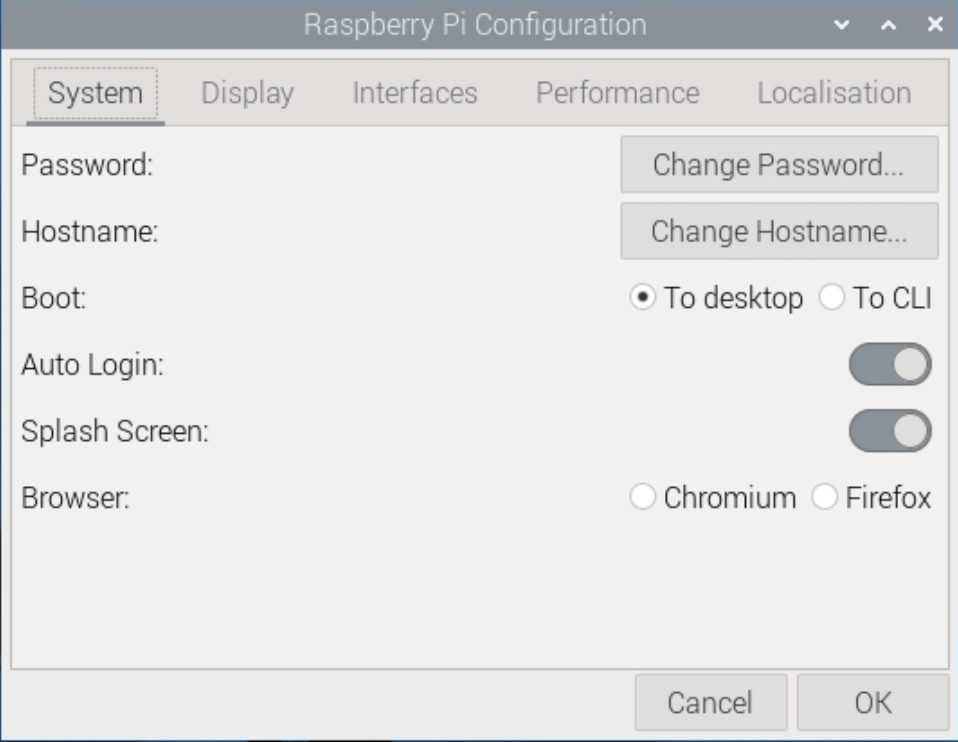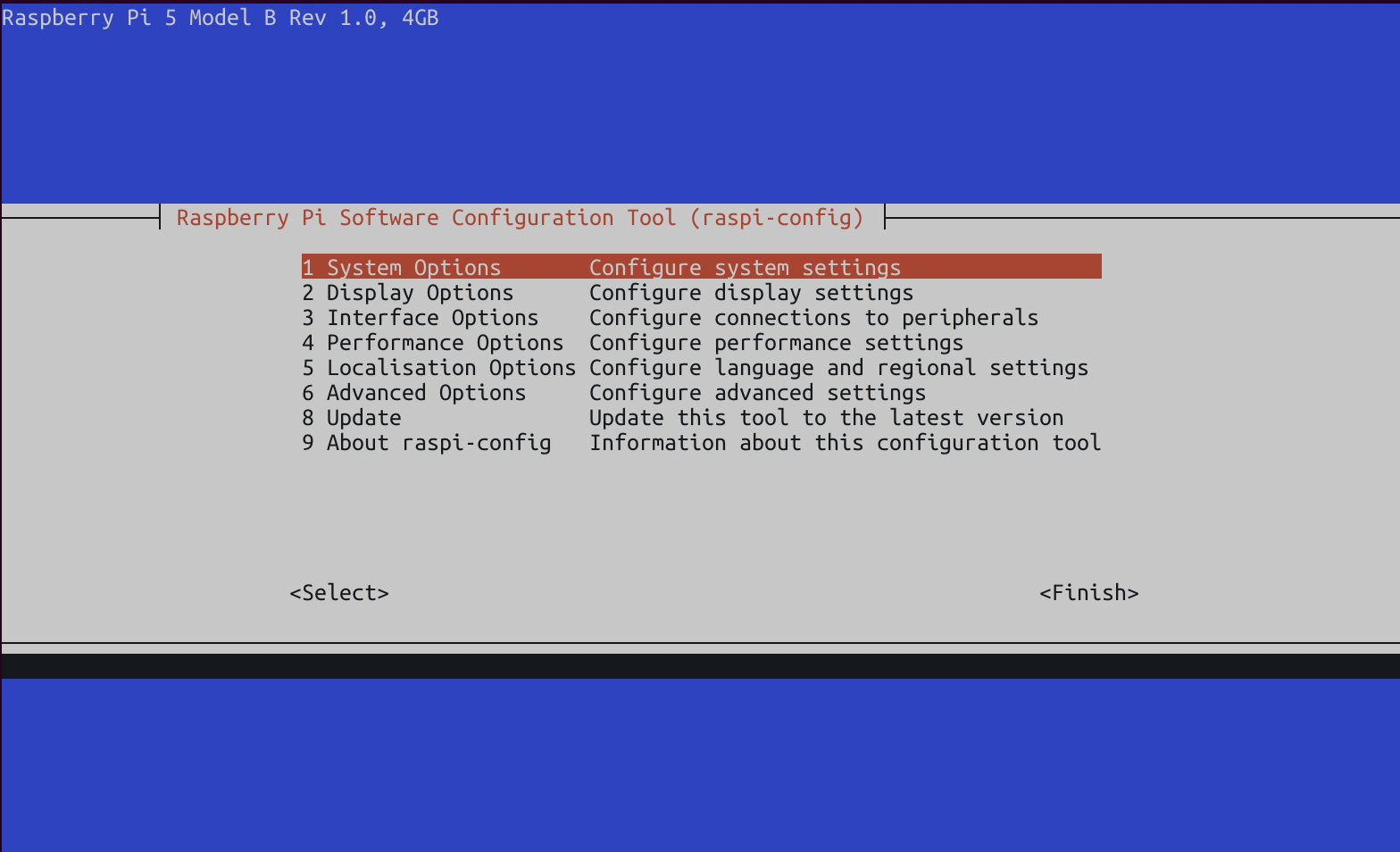Single-Board Computers
The Raspberry Pi computer series do not have a battery source to ensure that firmware settings are saved even if the computer loses power. This means that they do not use a conventional BIOS or EFI architecture.
Instead, these systems use a configuration file that is stored on the hard drive and used to configure the system during the boot process. These settings are configured through the command line or a graphic user application.
Performance Options
These settings pertain to the overall hardware performance configurations for your single-board computer.
Overlay File System: Disabled
This option allows the Raspberry Pi to boot in a mode where files on the SD card cannot be altered and any modifications are only temporarily saved in memory while the operating system is powered on.This increases the Raspberry Pi's life expectancy, but cannot be used for interactive systems that need to store long-term data between power cycles.
GPU Memory: Default
This allows you to change the amount of memory allocated to the graphical processing unit of the Raspberry Pi.
OverlayDuefiletosystem,fundamentaldisabledifferencesread-only.in the way that system-on-a-chip computers handle their graphical processing, this setting is an optimized default for your specific model.GPUTherememory.is no need to alter these settings and doing so many decrease performance.
Interface Options
SSH and VNC if desired. Disable unneeded such as SPI, I2C, serial port, serial console. 1 wire, remote GPIO.
System Options
Change password. Change hostname, this is used for mdns, I.e. raspberrypi.local. power led. Wait for network connection.


